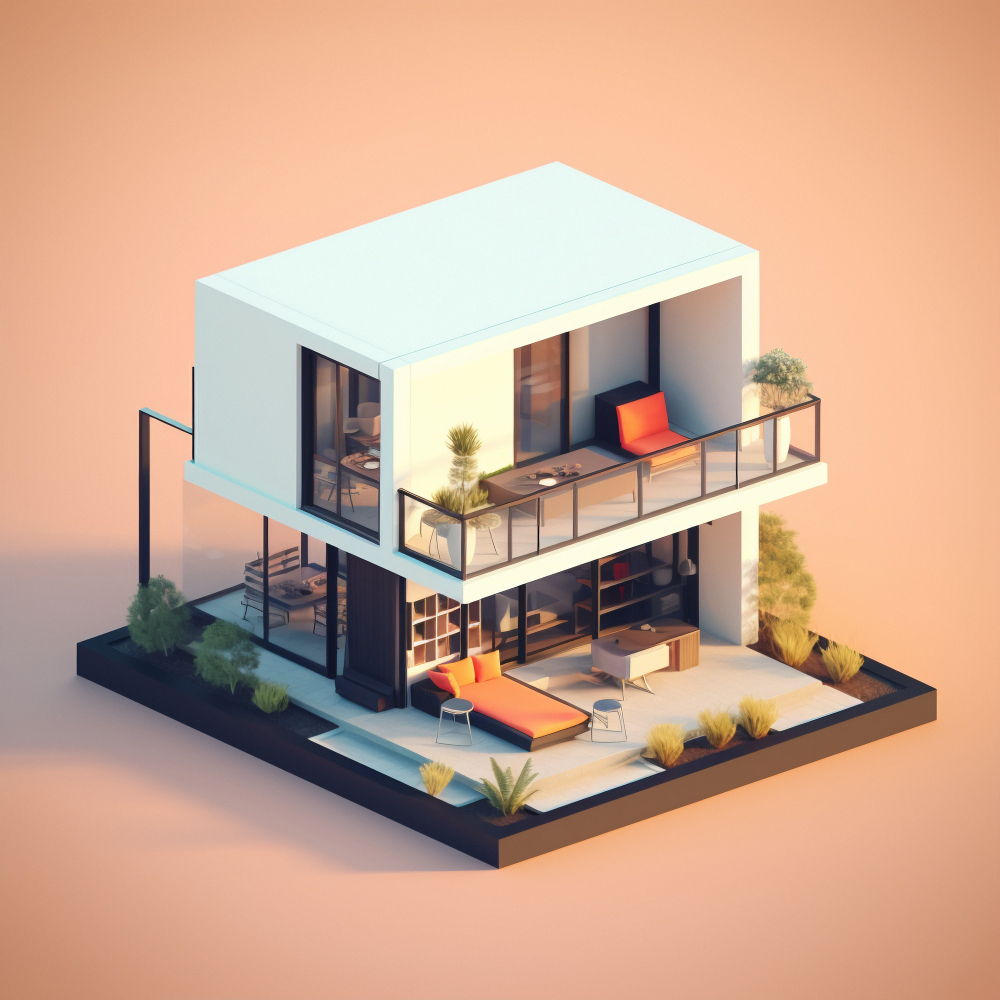The architecture industry is rapidly evolving because new technologies are revolutionizing the entire process of the design and construction of buildings. From conceptual designs through structural engineering architectural technology has made it possible to build more efficient as well as efficient and sustainable buildings than it has ever been. In this article we’ll look at the most significant of the most revolutionary developments that are changing the way architects work.
Digital Design and Modeling
Computer-aided design software provides architects with unparalleled capabilities to digitally model complicated designs. Applications such as Rhino, Revit, and GenerativeComponents allow the development of highly detailed 3D models which allow the exploring of striking shapes and geometrics that were impossible in the past.
Digital tools offer crucial information for assessing quality of the structure and the performance of thermal insulation, code compliant and buildability. Designers are able to experiment and improve digitally while visualizing their buildings using photos-realistic renderings as well as VR prior to any construction is actually completed.
Parametric modeling introduces real-time customizability. When you input the rules and parameters, architects can change the shape of designs dynamically by altering variables. This allows for mass customization that is specific to client requirements. The data-driven design generative model goes further, allowing AI algorithms produce designs that are different and propose surprising, but optimized designs.
Automated Structural Analysis
The latest software for analysis and simulation offers architecture firms unrivaled capabilities to test and optimize digitally the structural system.
Strong structural engineering software programs such as SolidWorks and ETABS allow digital building models to be subjected to simulation of forces such as earthquake activity, wind as well as load-related conditions. The simulations highlight areas with high stresses that require reinforcement, and also validates the designs prior to construction.
Optimization algorithms are able to automatically produce and analyze millions of different structural designs to find better, more durable options with lesser building materials. This creates safer, more durable buildings designed for sustainable development.
Prefabrication and Modular Construction
Construction companies are more and more embracing modular and prefab methods for reducing costs and minimizing the amount of labor required on site. Prefabricated elements like beams, wall sections and utility systems are produced off-site for quick installation. Modular construction units are completely furnished quantities made in factories, and then joined to bigger complexes at the site.
Prefab can allow mass-standardization of construction components. The components can also be incorporated with intelligent technology such as sensors and heating recovery systems that are hard to install on site. Modular construction can also facilitate quicker project timeframes as well as weather-independent construction as well as improved the quality of work in factories. When processes are improved offsite fabrication may alter architectural assembly and allow greater ambitions in designs.
Sustainable Materials and Methods
Architectural professionals today have access the most sustainable and high-performance construction materials than they have ever. Alternatives to fossil-intensive products like wood or recycled plastics composites can be used to create greener buildings.
Heating, cooling, illumination, and ventilation techniques help to reduce the use of energy using geothermal, sunlight energies, natural patterns of air circulation as well as other. Sustainable architecture reduces wastage by using intelligent water recycling systems as well as efficient construction methods that result in the least amount of material surplus.
The implementation of sustainability-related measures can add costs upfront. However, designing buildings in a holistic manner for efficiency results in dramatically reduced life-time resource consumption as well as operating expenses. Designing for lifecycle sustainability and sustainable architecture will become more commonplace when environmental concerns increase.
Responsive Building Envelopes
Elegant facades and envelopes that can be adapted to the indoor environment can improve the energy efficiency. Kinetic architecture employs moving panels, louvres shutters, as well as other dynamic shading elements. They control natural light as well as passively cool indoors and modify transparency as outside circumstances change.
Electrochromic glazing may even be tuned dynamically to the thermal conductivity as well as the color. Surfaces and films that are photosensitive alter their opacity and color in reaction to sunlight. The combination of these technologies results in creating skins for building that automatically regulate for the best internal environment.
Embedded Robotics
From structures made of exoskeletons to robots that cooperate, robotics has made significant progress into the field of construction. Robotic arms can be used to do jobs that require repetitive assembly, such as welding or bricklaying, while autonomous vehicles are able to transport materials as well as surveying sites.
3D printers have also shown promise of on-site manufacturing of components for architecture. The designers are also presenting ambitious ideas of buildings that rise high, fabricated by collaborative flying robots swarms. Although still in the early stages robotics are set to fundamentally disrupt the construction process and allow for architectures that are impossible in the present.
Immersive Visualization Technology
Virtual and Augmented Reality allow users to experience the space directly in the design phase. Through the use of VR headsets, users can experience photorealistic renderings of futuristic buildings. This makes it easier to make design decisions as well as customizations based upon real-time previews instead of abstractions of designs or designs.
Projection mapping is also making a difference in architectural visualization. Projectors are able to cast animated 3D renderings on physical scale models and even fully-sized structures during the construction phase. The digital projections blend seamlessly with real-world environments to provide stunning visuals of finished designs. As the technology for virtual visualization improves users will be able to review designs using experience that resembles the real environments.
Automation and Code Compliance
Software for architecture can automate checking compliance with code and permits. Revit by Gensler and Autodesk allow architects to evaluate designs against zoning codes and building regulations of thousands of areas. It catches mistakes early making it possible to save time and money.
The tools generate legal documents for permit and construction. Automated design evaluation allows architects to continuously refine designs while eliminating the manual submission of plans for approval prior to any modification. This allows for data-driven optimization of design in strict conformity with the constraints.
The Future of Architectural Practice
In the age of computation, advanced technology, eco-friendly materials, automated construction, and immersive visualization are a part of the field of architecture They are fundamentally transforming the way we design and construct. Architectural professionals are no longer restricted with the use of manual drawings and physically model-based construction. They have the ability to develop sustainable, optimized buildings that are refined through precise simulation.
The initial challenges are in the education of architects about new digital tools as well as changing workflows. As technology advances speed up, the design possibilities that are facilitated by integrated databases AI-driven generative design, live code compliance, modular construction and VR-guided design will keep growing. While not reducing architects’ imagination These innovations enable architects to push limits of design in extraordinary ways. As 20th century masters such as Frank Gehry pioneered sculptural designs that were impossible without the use of technology, architecture of the 21st century continues to advance in conjunction with modern techniques.


